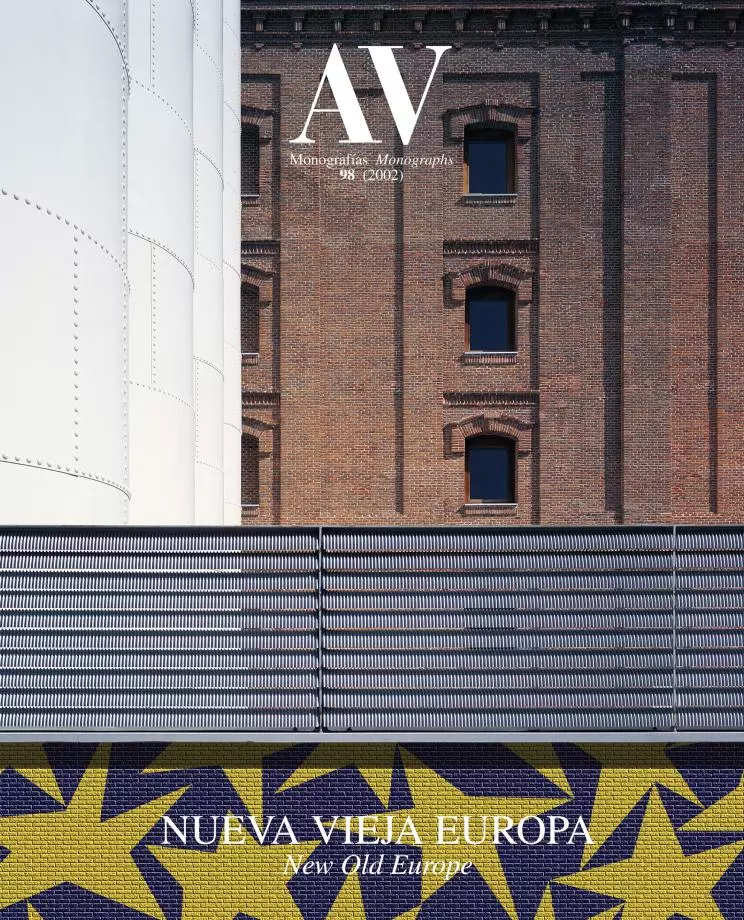
Europe renews itself. Deeply conscious of its age, the old continent tries to rejuvenate with the assimilation of abundant demographic transfusions, the refurbishment of its urban fabric and the regeneration of its sclerotic institutions. This economic giant is however a military dwarf, and the provisional paradise it has built on its small and overpopulated territory, with neither a common language nor a singular leadership, rests on the fragile support of the world’s stability. The recent upheavals have shown both its internal fractures and the risks trapped in an uncertain future: while the core of the continent, in step with public opinion, has moved away from the geopolitics of the Empire, the peripheral countries have preferred the protection of a strong and bellicose America, weaving a chain of nations (formed by Atlantic islands, Mediterranean peninsulae and an archipelago of ex-Communist states) that Washington has baptized the New Europe.
But both the Old Europe of France and Germany and the new one of the British, Spanish, Italian or Polish are Europes of shared problems, similarly subjected to the revitalizing and traumatic impact of immigration, equally devoted to the renovation of their infrastructure and likewise faced with the redefinition of their historic identity. This process of demographic, physical and symbolic rejuvenation finds a privileged ground of expression in the renovation of architectural heritage, an activity rich both in opportunities and conflicts. Whether historic centers colonized by immigrants, obsolete industrial peripheries or monuments absorbed by thematic tourism, the interventions on built heritage constitute an increasing portion of the architect’s work, and a new space for research that touches the very heart of the European dilemmas with the violence of the dentist’s drill, cleaning up cavities and occasionally touching a painful nerve.
Today the concept of heritage has spread steadily from paleonthological and archaeological remains to 20th century buildings, including areas of historic or environmental value, vernacular or industrial architecture, urban or rural landscapes and even that immaterial heritage composed by oral tradition or customs. However, that overwhelming luggage is often perceived as a burden that forces Europeans to travel in time encumbered by trunks or paralyzed by the excess of reminiscence as Funes the Memorious, the character of Borges whose exceptional retention was in the end incompatible with life. We explore the future of the past and perhaps we should rather worry about the past of the future, reconciling the survival of objects with the strategic decisions regarding today’s city that will condition our own ability to survive in the turmoil of change. Only so will this elderly giant regenerate itself, and only so will old Europe become a new one.





